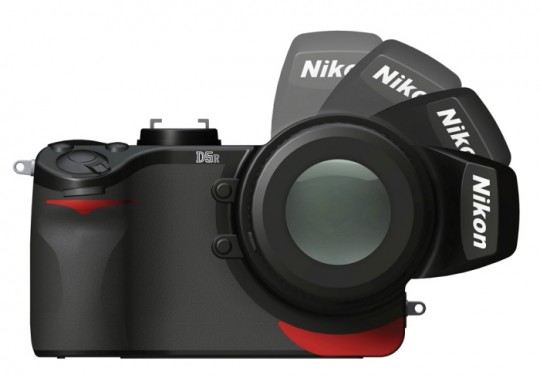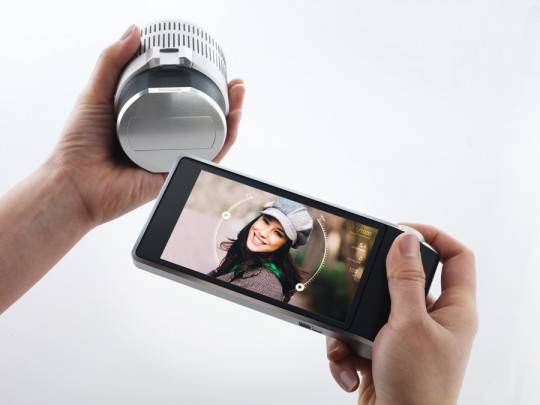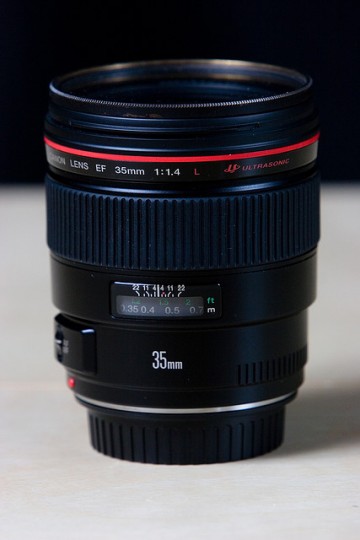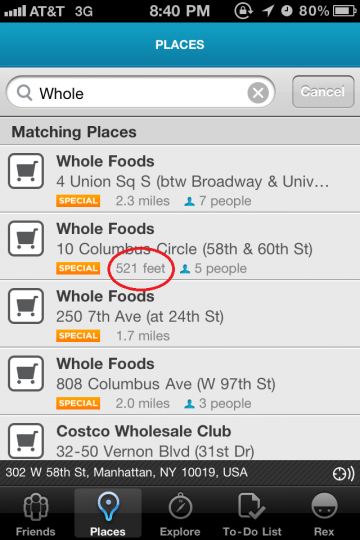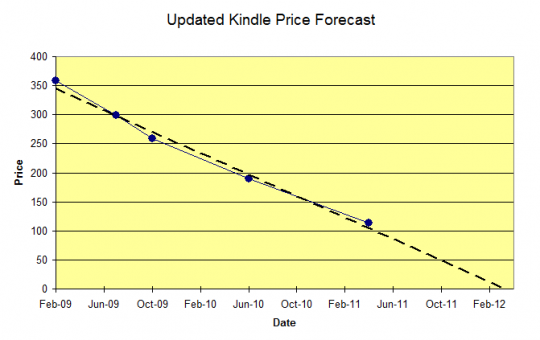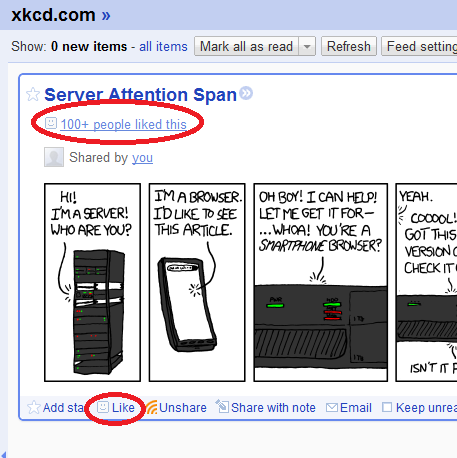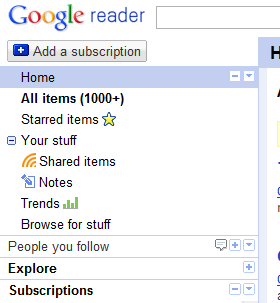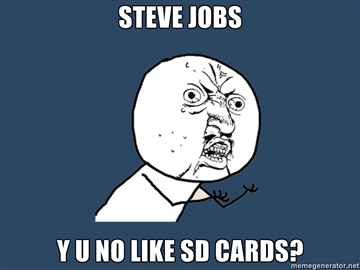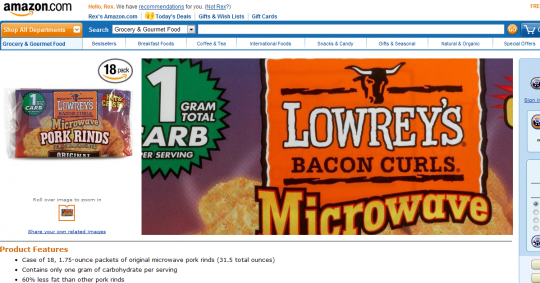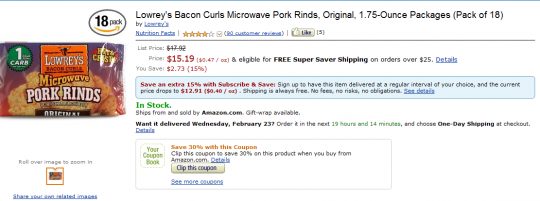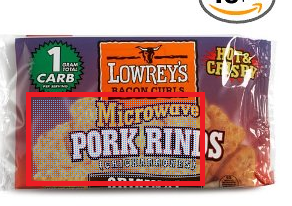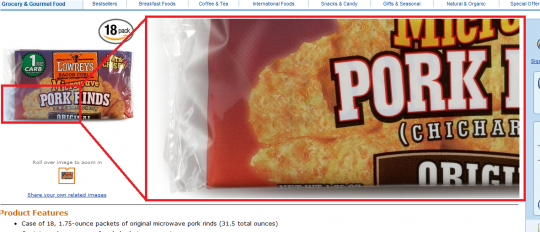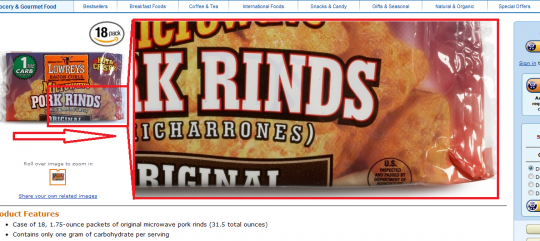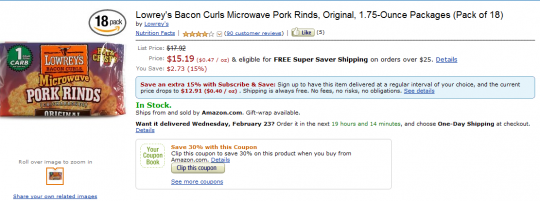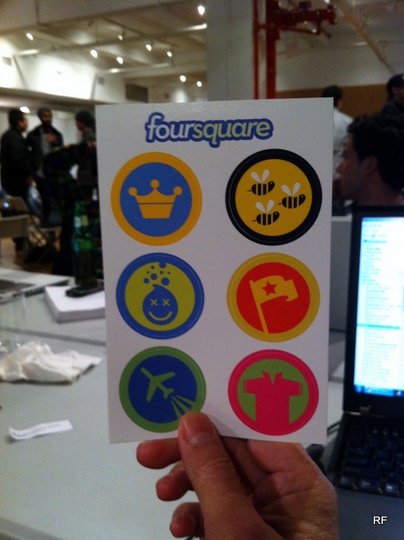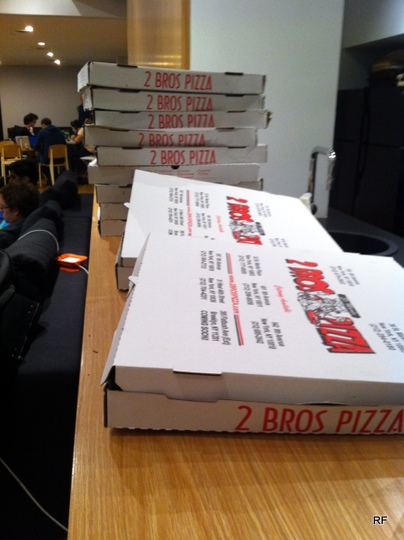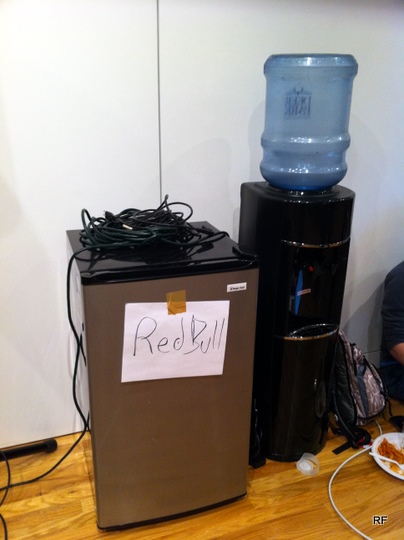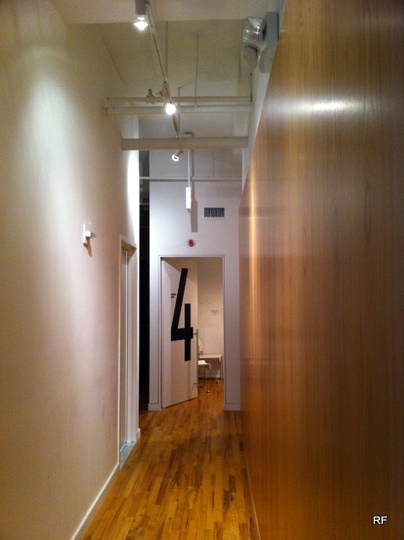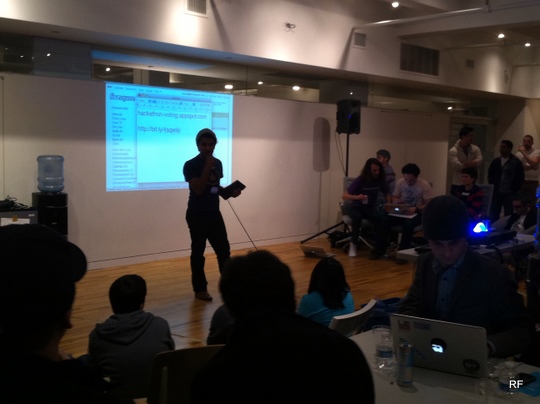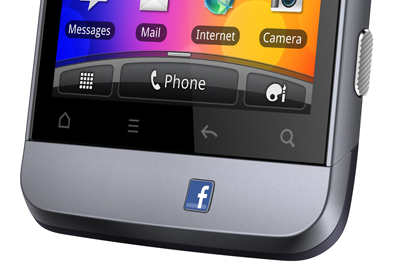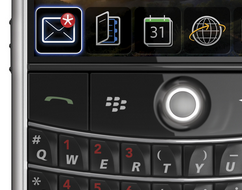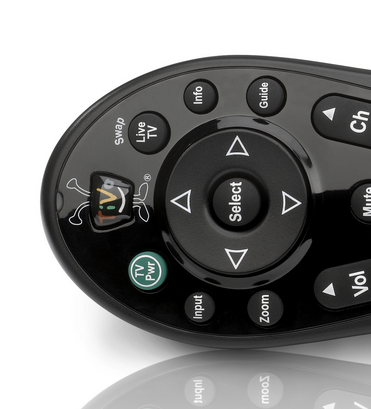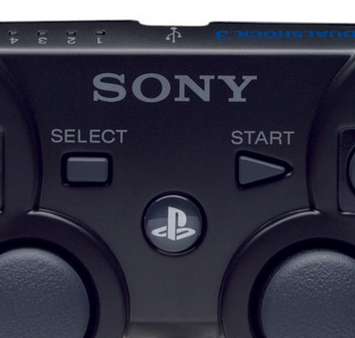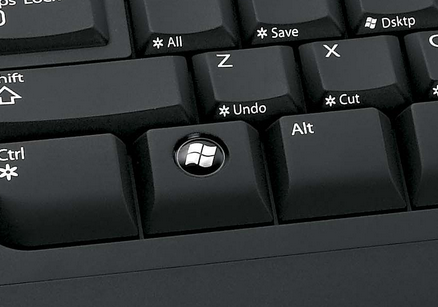This is what constitutes popular (good?) camera design today:
An obvious design throwback to the days of film cameras, but not very imaginative.
I’m of the firm belief that camera design as we know it today has tremendous room for change. Take the micro 4/3 standard that is mirrorless. It’s what enables the E-P1 above to be significantly slimmer than a traditional DSLR and retain interchangeable lenses. Going slimmer is just one possible direction.
Below are some camera concepts that break away from “the standard camera” look (think Leica).
This is a neat concept, but not super practical. Why go through all that body change without a number of obvious benefits? Still, +1 for daring to make a camera body that doesn’t conform to legacy design.
The WVIL concept excites me a lot more. I think the future of professional cameras may involve wireless lenses syncing to a generic touchscreen (think Android phone, iPhone, iPod Touch, or iPad). The WVIL concept is great, but why reinvent the wheel with a proprietary touchscreen when an off-the-shelf generic touchscreen suffices?
I can easily envision a world where a professional photographer has many wireless lenses (perhaps with a gorilla pod each) that are all controlled by a single iPad remotely. All a person would have to do is set up multiple wireless lenses before a sporting event starts. During the event, the lenses would (since this is the future we’re talking about) take continuous ultra high-definition video. The touchscreen controller would be used to monitor focus and other settings.

iPhone 4
Another trend in camera hardware is the disappearance of noticeable hardware. With smartphones packing incredibly better cameras (as in “decent enough”), it’s possible to get high quality photos without carrying around a point and shoot. The trend of nearly invisible camera hardware will only get better as phone cameras improve.

